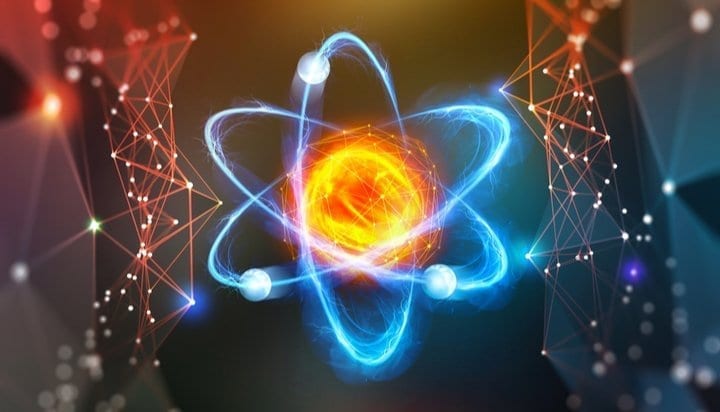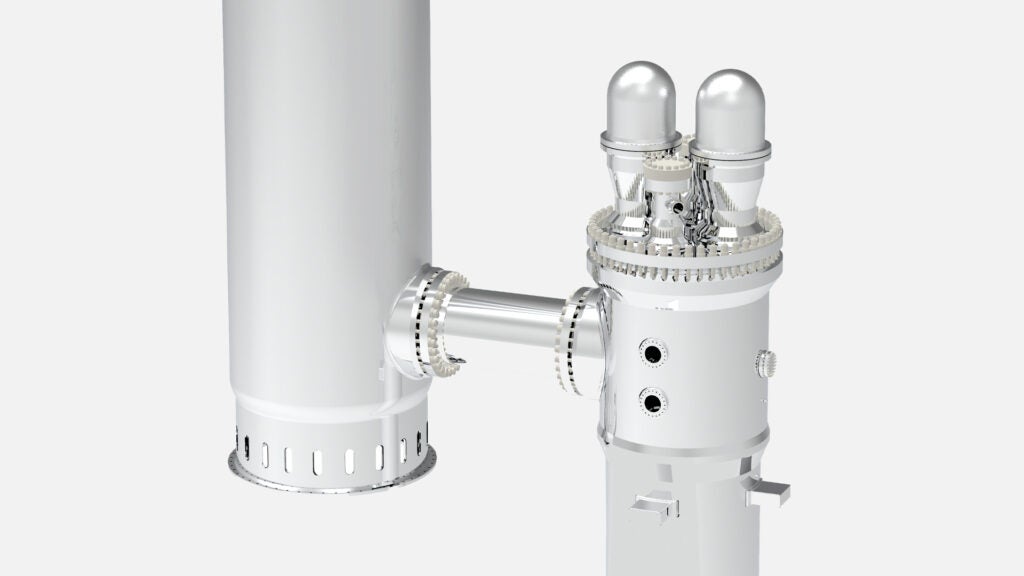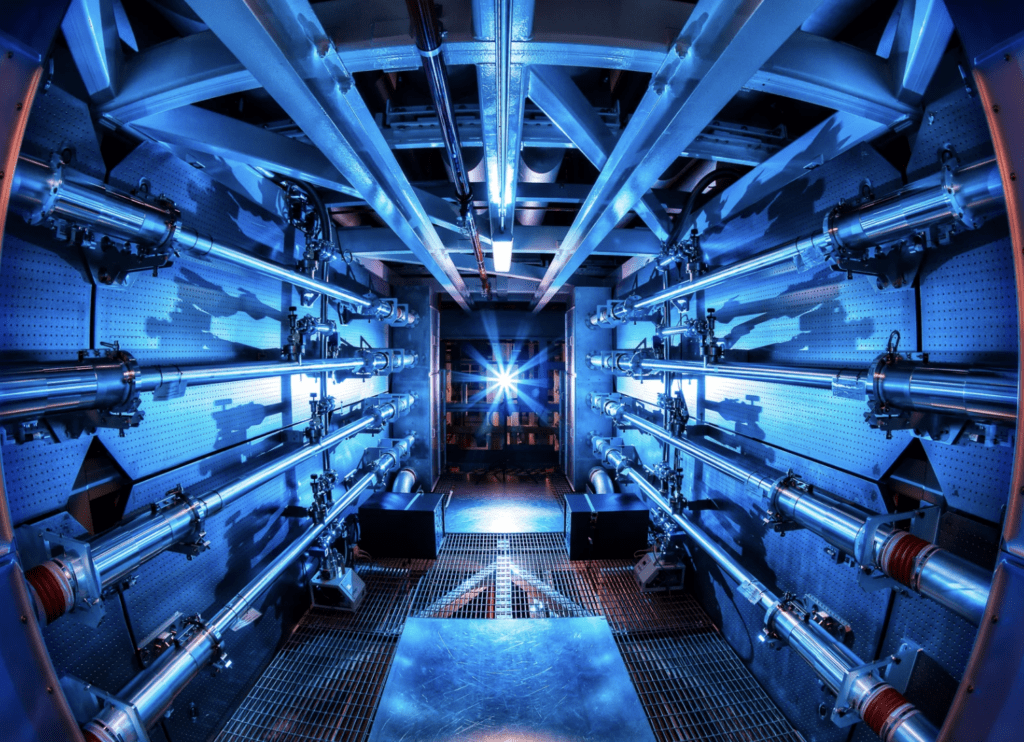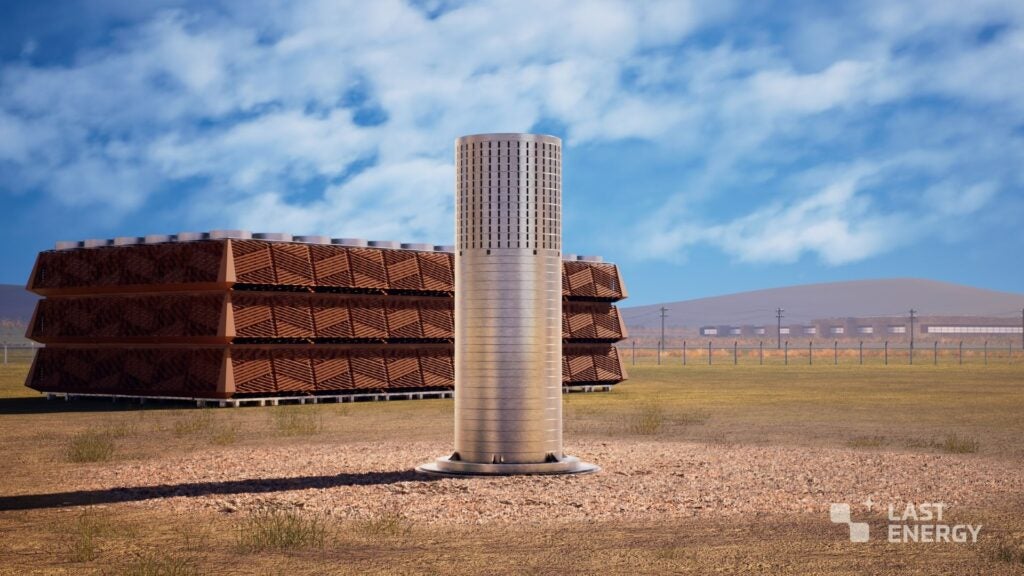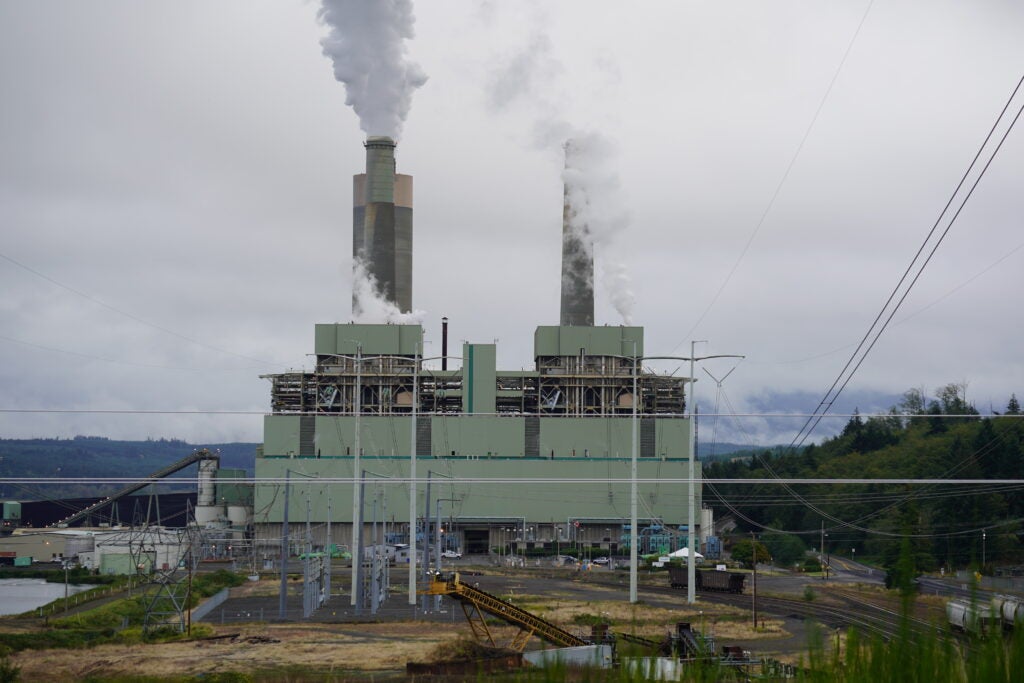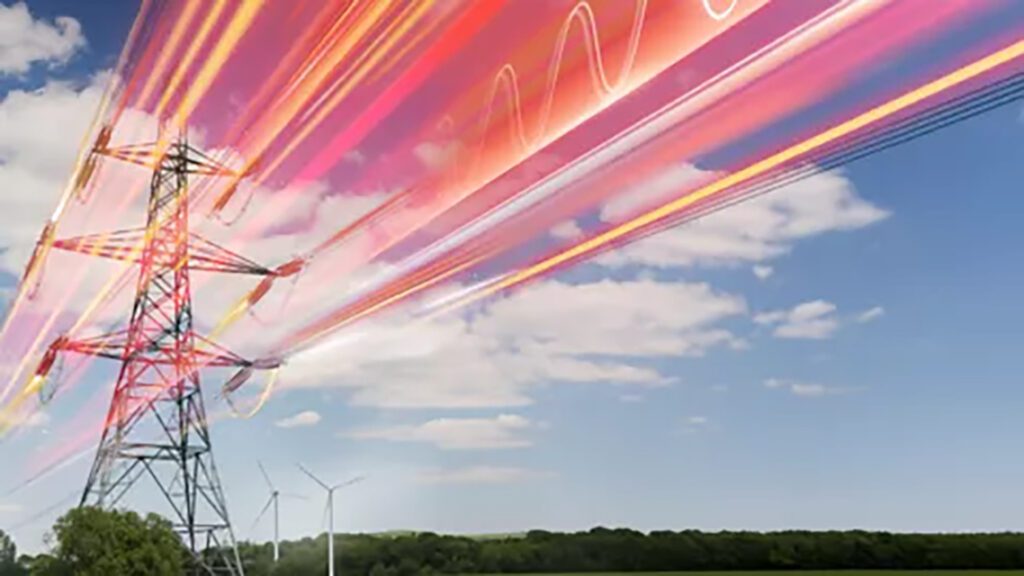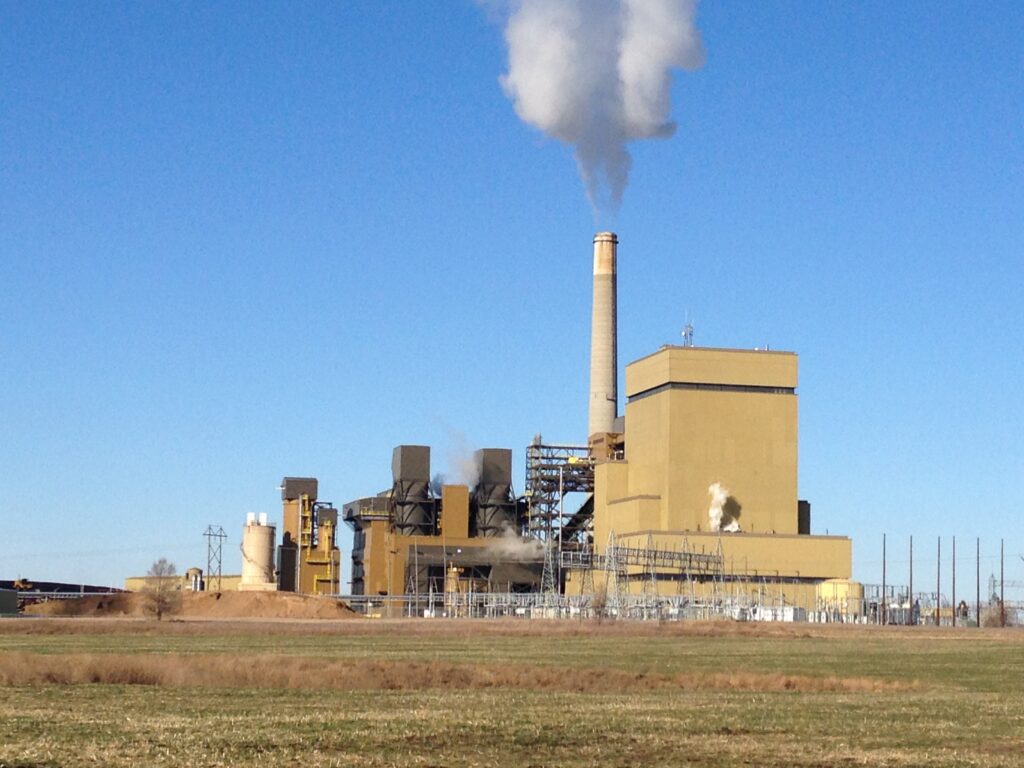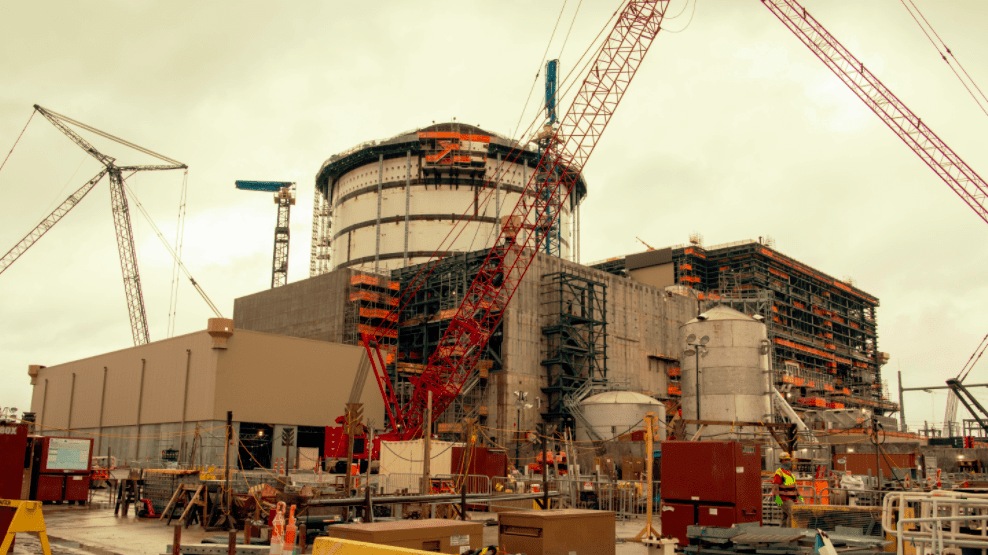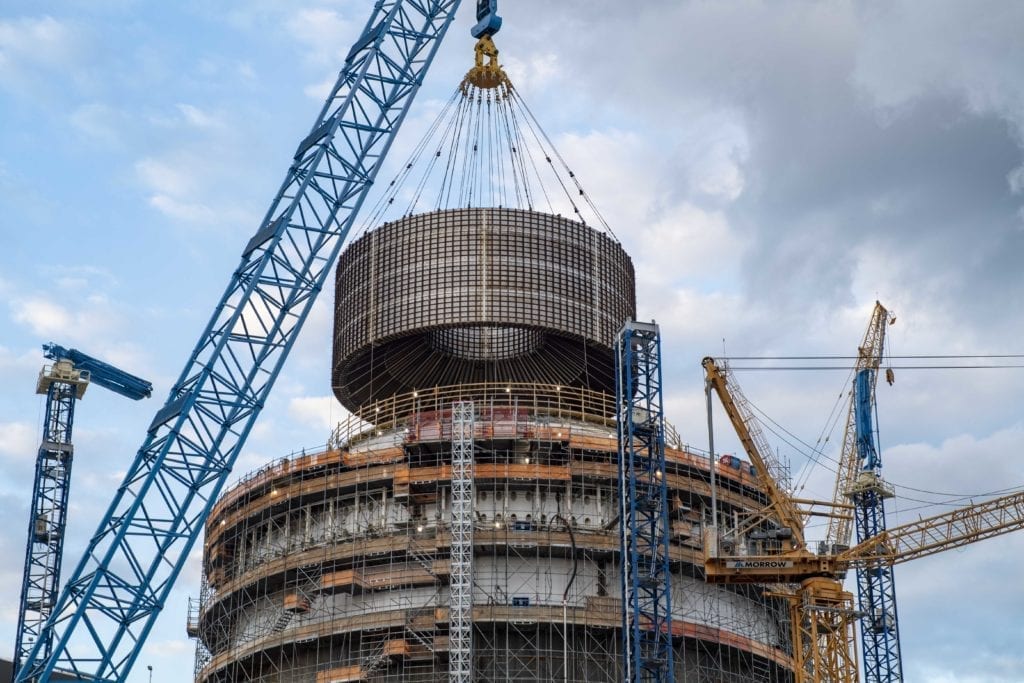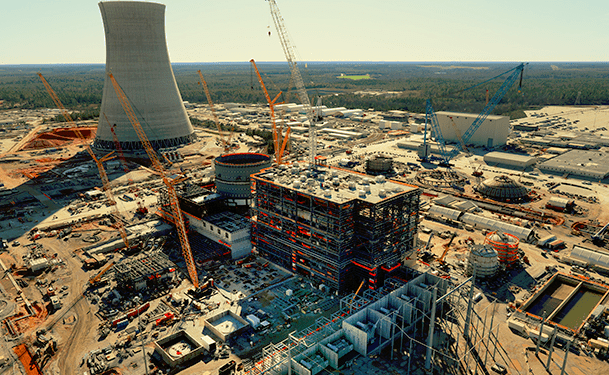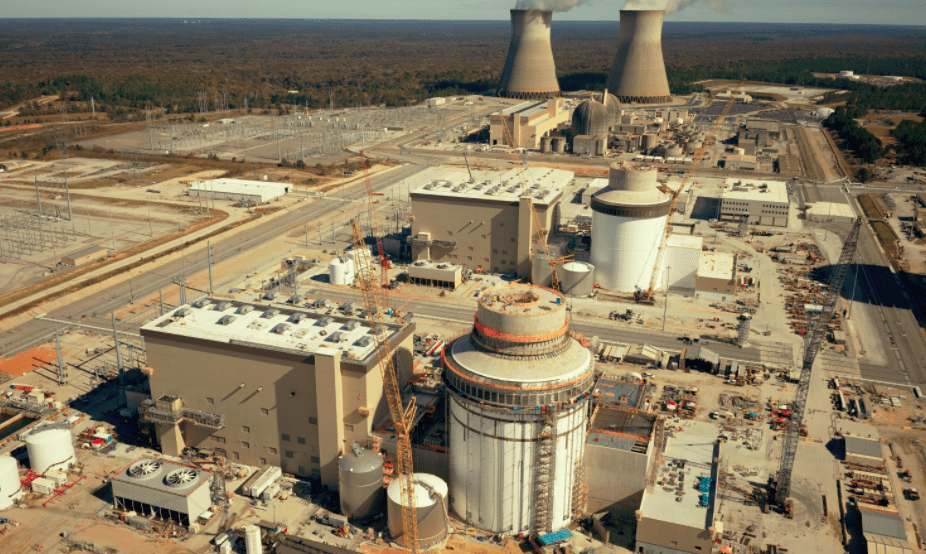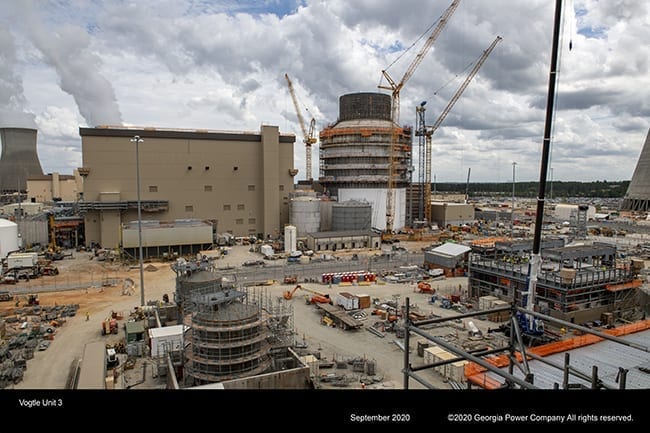The two-unit expansion of the Vogtle nuclear power plant in Georgia reached another milestone as Georgia Power received the first shipment of nuclear fuel for Unit 3 of the project.
The utility on Dec. 9 said receipt of the fuel follows completion and inspection of several construction areas at the site in Waynesboro, Georgia. Those areas included the fuel vault and spent fuel pool. The fuel handling area of Unit 3 has been turned over to the operations staff; Georgia Power said the Vogtle site has “implemented specific and comprehensive policies, procedures and security measures to safely receive, handle and store the nuclear fuel.”
The Vogtle expansion is adding two, 1,100-MW AP1000 reactors to the nuclear plant, where two other reactors—Units 1 and 2—have operated since 1987 and 1989, respectively. The team leading the expansion, a project which would provide the U.S. with the country’s first new large-scale nuclear reactors in more than 30 years, earlier this year successfully completed the pre-startup review process conducted by the World Association of Nuclear Operators. That agency assessed the “project’s readiness to operate the new AP1000 reactors with safety and quality as the primary focus,” according to Georgia Power.
Georgia Power owns 45.7% of Plant Vogtle. Three other project partners—Oglethorpe Power Corp., the Municipal Electric Authority of Georgia, and the City of Dalton Utilities—own the remaining 54.3%.
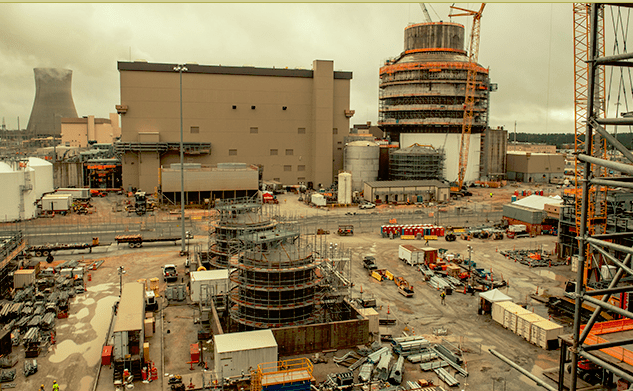
‘Investment in the Future’
“Since the start, the Vogtle expansion project has been an investment in our energy future. Today, as we receive our first nuclear fuel shipment, we remain committed to realizing the benefits this project will provide not only to our customers, but also our state and our country,” said Paul Bowers, chairman and CEO of Georgia Power, on Wednesday. “Achieving this historic milestone brings us closer to fuel load expected in April 2021, and, once online, these new nuclear units will provide clean, carbon-free energy for the next 60 to 80 years.”
The Vogtle project has endured numerous cost overruns and construction delays over the past several years; analysts have pegged the project’s eventual cost at more than $27 billion. The expansion’s original timeline called for Units 3 and 4 to begin operating in 2016; the current schedule calls for Unit 3 to come online in November 2021, with Unit 4 following one year later. Georgia Power on Wednesday said more than 7,000 workers are currently onsite.
With the first nuclear fuel assemblies in hand, the project is now focused on hot functional testing of Unit 3. That series of tests is the last critical step before fuel load and eventually in-service operation.
Georgia Power outlined the nuclear fuel process in a news release. It noted that “One nuclear fuel pellet, roughly the size of a pencil eraser, provides as much energy as one ton of coal or nearly 150 gallons of oil. The nuclear fuel pellets are enclosed in nuclear fuel rods, which are then part of nuclear fuel assemblies. Consisting of 157 fuel assemblies with each measuring 14 feet tall, the fuel will be loaded into the reactor vessel to support startup once the reactor begins operating. After the initial fueling, approximately one-third of the total fuel assemblies will be replaced during each refueling outage after the units begin operating, similar to the process used at existing Vogtle Units 1 & 2.”
Workers at the site—the construction crew prior to the coronavirus pandemic numbered about 9,000—have reached several milestones this year, including:
- Completion of Unit 3 cold hydro testing, which confirmed the reactor’s coolant system functions as designed. This also meant verifying that the welds, joints, pipes, and other components of the coolant system and associated high-pressure systems do not leak when under pressure.
- Units 3 and 4 completed a required emergency preparedness exercise for a simulated emergency event for Vogtle Unit 3. Teams participated in the simulation and demonstrated their ability to effectively and efficiently respond and protect the health and safety of the public.
- Operators of the two new units received licenses from the Nuclear Regulatory Commission (NRC). The NRC issued the first operator licenses to 62 reactor and senior reactor operators for Units 3 and 4. To receive a nuclear operator license from the NRC, license holders must demonstrate they possess the required knowledge, skills and abilities to safely and effectively operate the plant.
- Completion of closed vessel testing, which prepared Unit 3 for cold hydro testing. Closed vessel testing verified the pipes and valves in the Unit 3 reactor coolant system were installed as designed and helped ensure safety systems function properly.
- Completion of the structural integrity test and integrated leak rate test, with both tests completed in succession. This demonstrated the Unit 3 containment vessel meets construction quality and design requirements.
- Placement of the final module for Unit 3; this is the water tank that sits atop the containment vessel and shield building roof, known as module CB-20. It is a major part of the AP1000 reactor’s advanced safety system. The tank will hold about 750,000 gallons of water, which would flow down in the event of an emergency to help cool the reactor.
- Placement of the Unit 3 integrated head package (IHP) atop the reactor vessel. The IHP is 48 feet tall, weighs 475,000 pounds, and contains more than three miles of electrical cables. The IHP will eventually be used by highly-trained nuclear operators to monitor and control the nuclear reaction that will occur inside the Unit 3 reactor vessel.
- Completion of open vessel testing for Unit 3. This testing demonstrated how water flows from the key safety systems into the reactor vessel, ensuring the paths are not blocked or constricted, and confirmed the pumps, motors, valves, pipes and other components of the systems function as designed.
- Placement of the polar crane and containment vessel top for Unit 4. This signified that all major lifts inside the containment vessels for both units are complete.
Georgia Power and Southern Nuclear, which are leading the two-unit expansion, have said construction delays this year are largely the result of the COVID-19 pandemic, which reduced the project’s workforce. Georgia Power earlier this year cut about 2,000 of the then-9,000 workers on site in an effort to lessen the spread of the coronavirus.
The utility in a recent filing with state regulators said more than 1,000 workers on the projects had tested positive for COVID-19; it said about 6,600 workers at the site have been isolated at some point after possibly being in close contact to someone who has tested positive for the virus.
—Darrell Proctor is associate editor for POWER (@POWERmagazine).


